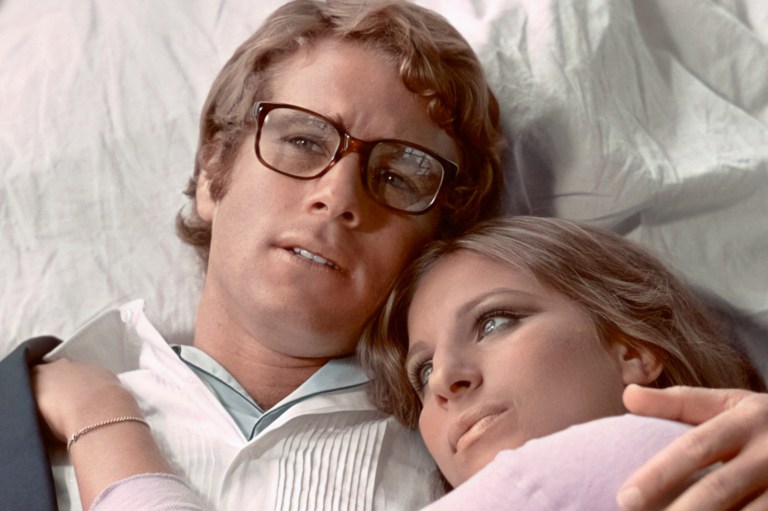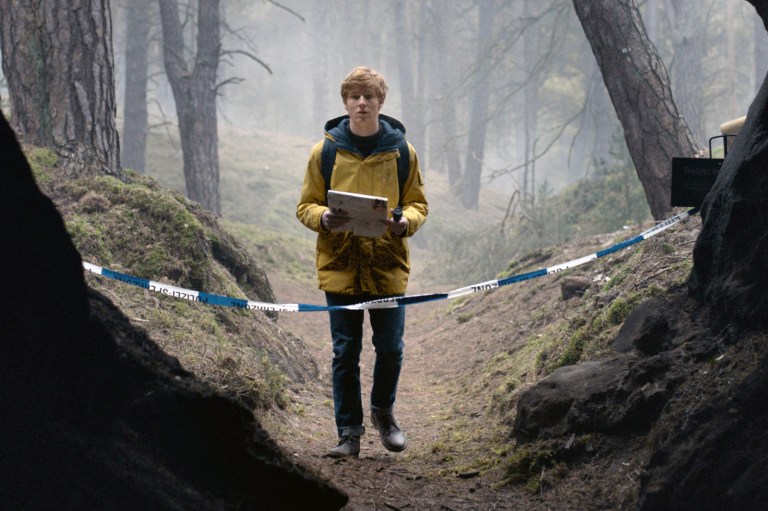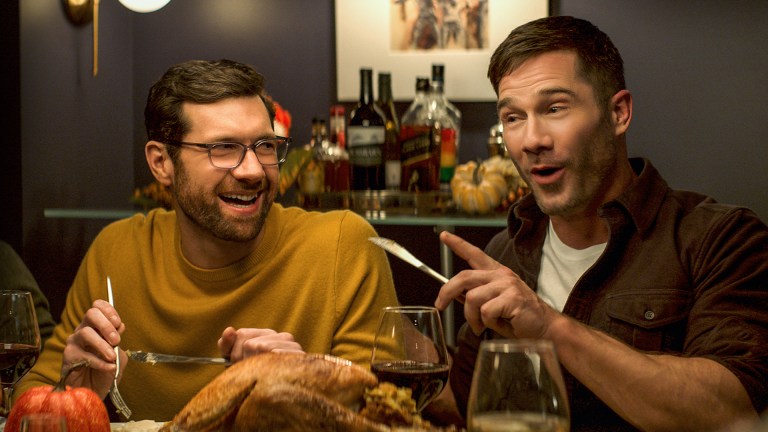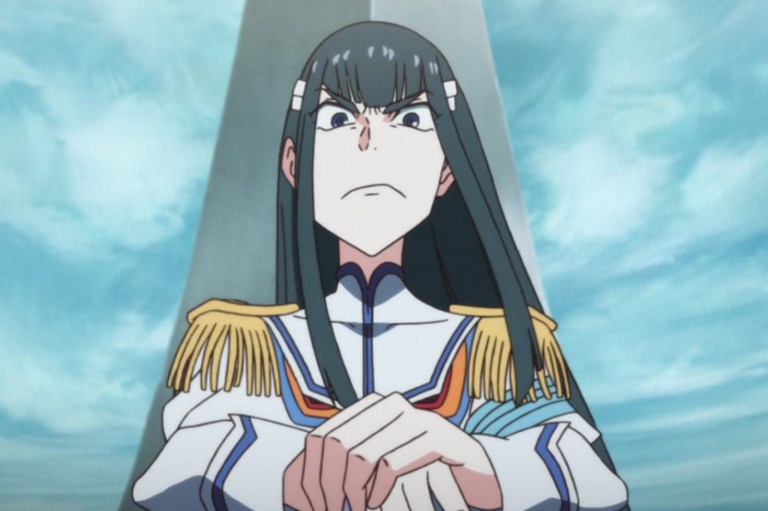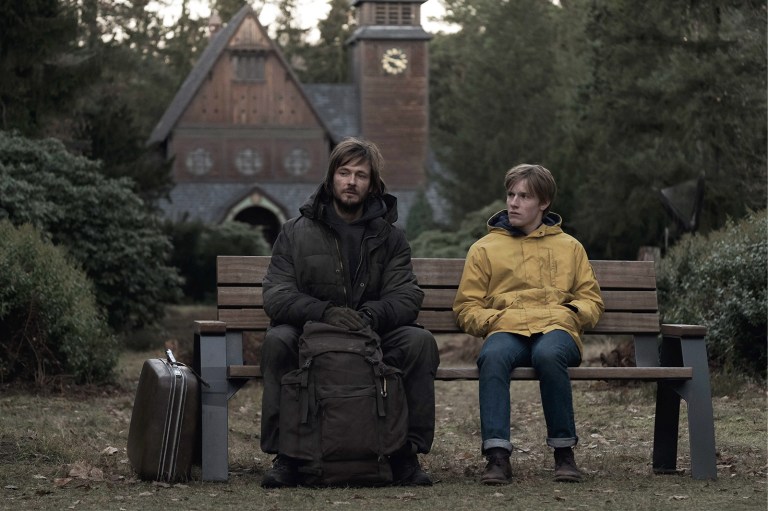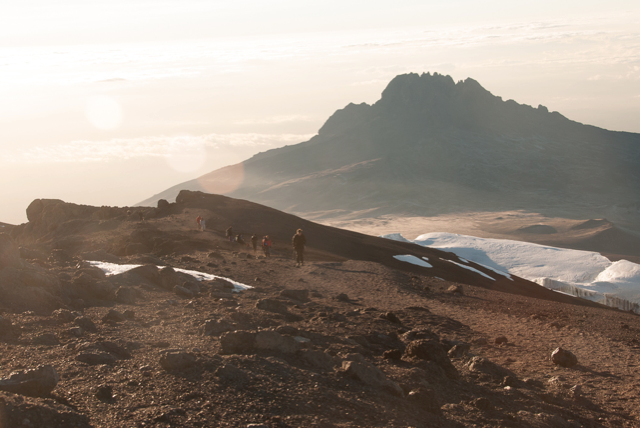
Our Mountains, Our Struggles: Mt. Kiliminjaro
But life shows us the light in the most interesting of ways. Circumstances conspire to tell us that we are not alone.
By ![]() Daniel Noll
Daniel Noll
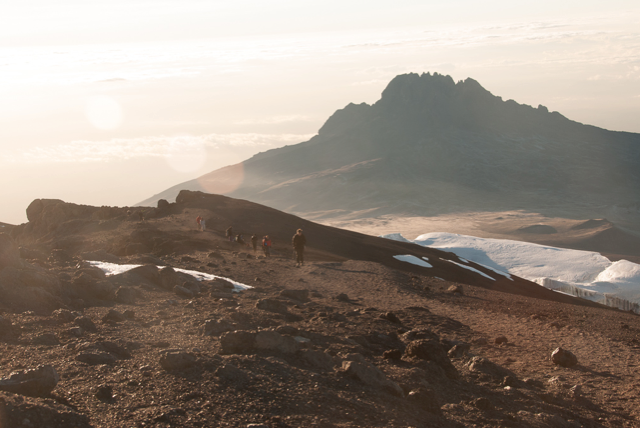
You know it’s grim when the very best thing for you happens to be a lukewarm bowl of watery oatmeal.
They put you to bed at 9PM. After only two hours of fitful, oxygen-deprived hallucination-punctuated sleep, you’re up again. The air is way too thin. It’s 11PM and you are at Kibo Hut, the base camp approach to the summit of Mt. Kilimanjaro.
Depending on your route, it has taken a couple of days to reach this point. The hike so far: relatively easy. Prepare as you might, however, nothing really ever fully prepares you for what awaits.
This is summit night. And all bets are off.
A Midnight Start
Our guides lead us outside at midnight. It’s freezing cold — I wear seven layers, my wife Audrey about thirteen. Save the light from the night sky, it’s pitch dark. Headlamps are a must. There are five of us: me and Audrey, another couple and a young woman.
The idea: set off now so that six or seven hours later –- at sunrise — we will reach Uhuru Peak, the top of Mt. Kilimanjaro, just as the light begins to pass over the glaciers.
“Let’s do this thing,” I hear muffled expressions of motivation under layers.
We set off. Immediately, the terrain underfoot is apparent: switchbacks, boulders, volcanic scree. All unfriendly to progress. The cold holds us firm and the weak moonlight casts a shadow of loneliness and cuts bundled figures of misery out of the blackness.
Battles Mental and Physical
Extreme fatigue doesn’t begin to capture the feeling. We plod along somewhere between altitude sickness and jetlag. I have never exerted so much effort only to achieve something that feels akin to sleepwalking. I drift into sleep as I move. I have dreams; others do, too. To stave off throwing up, I breathe deeply in patterns like a yoga instructor might recommend.
About two and a half hours into this journey, one of the women in our group, Jo, sits down heavily and begins crying. “I can’t go any further. I can’t do this,” she says with a sense of finality.
I could empathize — no, sympathize — with that feeling. To join her on the middle of the mountain, to grab rest — that’s what all our bodies desired.
Audrey looked back and said: “Is there anything we can do?”
“You really must keep going up the mountain. We’ll stay back and we’ll take care of them,” some guides and porters indicated with urgency, even more emphatically with their hand motions.
One guide scooped us up to continue, pushing us to keep moving. We were now three: me, Audrey and a young woman from Finland named Maija — carving through the same, hypnotic two-steps-forward, one-step-back exercise of sinking back into the volcanic scree.
I look up and strings of headlamps snake to the sky. Those people have a head start.
I feel deeply demoralized. I ask myself once, I ask myself twice: Will I ever get there? Can I make it?
I try not to expend energy on the answer. I repeat the mantra like a cadence: one-foot-in-front-of-the-other.
Finding Perspective
First light breaks a couple hours later. We reach Gilman Point just two hours below the summit for some rest, to take stock. Maija turns around, tears in her eyes. “I’ve been unable to say this last couple of days, but my father died last week,” she says.
She tells a story of talking with her mom and the difficult decision of whether or not to continue as scheduled.
Maija opted to climb Mt. Kilimanjaro for her father, an avid mountaineer and adventurer, in his honor.
Think. There are moments in life that tempt us into imagining that we are the only ones in the world struggling, that the mountain is ours alone.
But life shows us the light in the most interesting of ways. Circumstances conspire to tell us that we are not alone. That notwithstanding our challenges, there are people in our midst who are going through their own — even greater — struggles. And occasion illustrates that the greatest measure of who we are is not how we stand up when things are going well, but rather how we respond to difficulty in the extreme.
As I consider Maija’s situation, I look up to find her smiling.
“I’m happy here, I think I’m going to stay at Gilman Point. What are you going to do?” She asks.
I comprehend in full, yet struggle to respond. On the one hand I think: “Hell yeah, I’m getting to the top of that mountain. I came here with Audrey for one reason and one reason only.”
On the other hand, I know better. Pointing to the peak, I say, “I think we’re going to go up there,” and I turn to Maija as if to suggest: “Are you coming with me?”
Not only does Maija continue, but she also leads the way.
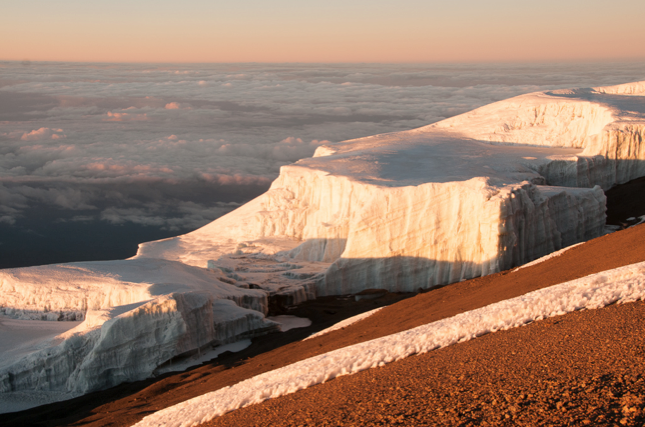
After a stretched two hours and more, the three of us take our final steps to Uhuru Peak. The summit, above it all. Laughing, crying, cheering — we are thoroughly spent. Not only our bodies, but also our minds.
Mindful of all that each of us had endured, I was so proud – of myself, of Audrey, of Maija. But as we stood atop Mt. Kilimanjaro, immersed in emotion in the thinnest of air, something was missing.
The Real Celebration
Five or ten minutes later, a small miracle. Our mountain mates, Damien and Jo, the ones we left on the path five hours earlier, appeared. What their guides must have summoned in words could only have been outdone by what they had mustered in will.
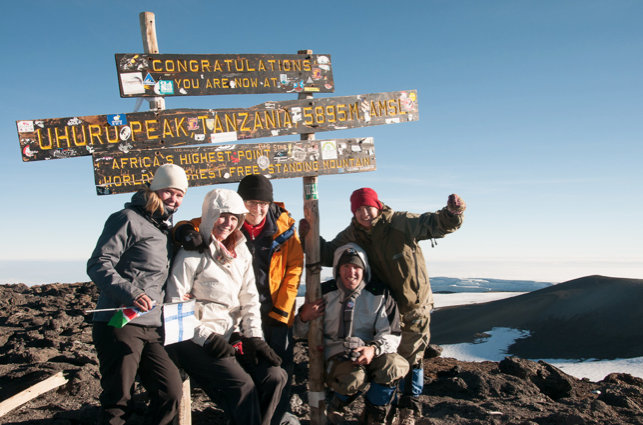
With a deep breath at the top of Africa (19,341 feet; 5,895 m), I reflect: personal accomplishment is a beautiful thing, but shared accomplishment is something truly sublime.
This journey is now complete, just as others begin anew. ![]()
